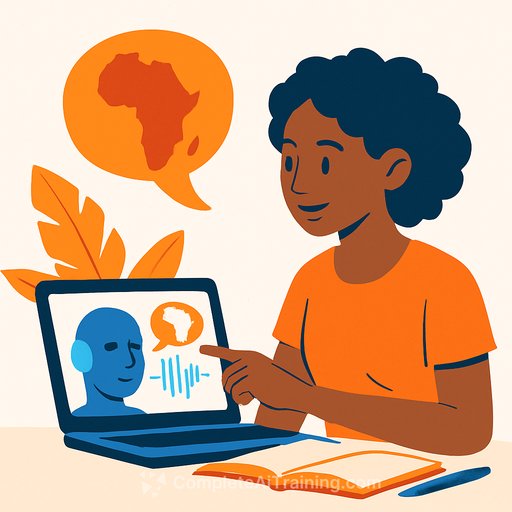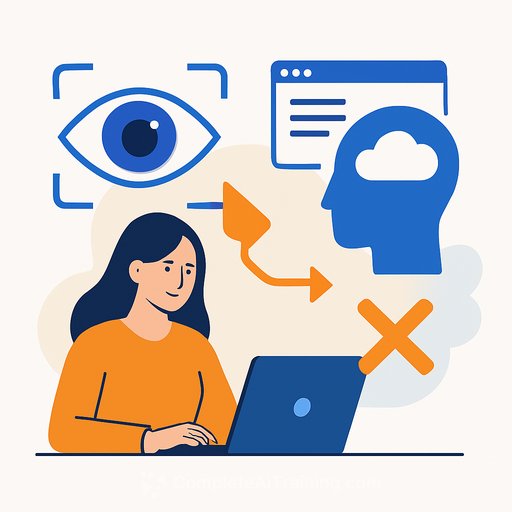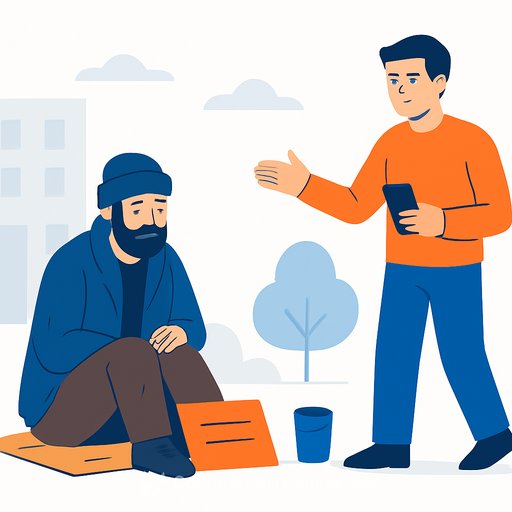Education stands to benefit most from AI in African languages
Across Africa, researchers are closing the resource gap that has kept local languages on the fringe of AI. The aim is simple: build systems that listen, read, and speak African languages with high accuracy, so learners and citizens can access knowledge in the languages they use daily.
At the University of Nairobi, Dr Almaz Yohannis Mbathi is developing models grounded in local datasets and cultural context. Through initiatives such as Cheetah (multilingual translation across 150+ African language pairs) and SERENGETI (a multilingual language model for 500+ languages and dialects), her work pushes AI to reflect Africa's linguistic diversity rather than default to Western-centric defaults.
Why this matters for education
Students learn faster and retain more when content is delivered in the language they think in. AI tutors, explainers, and voice tools built for local languages reduce cognitive load and make complex STEM topics feel practical and relevant.
This shift doesn't replace English or French; it complements them. It expands access to science, accelerates literacy, and ensures cultural identity isn't traded for digital convenience.
Inside the work: Cheetah, SERENGETI, and community science
The approach goes beyond model training. It involves building ethical, community-owned datasets and adapting NLP methods for low-resource contexts. The Masakhane community has shown how open-source translation models can serve diverse linguistic contexts and inspire local ownership.
Mbathi's team extends this thinking into climate services across the Greater Horn of Africa, translating complex science into usable knowledge and exposing gaps between information providers and end users. The priority: tools that serve real people in real contexts.
What's hard about AI for African languages
- Technical: sparse datasets, dialect variation, code-switching, and a lack of reliable benchmarks.
- Cultural: consent and data ownership, dialect inclusion, and evaluation standards that factor cultural relevance-not only accuracy.
Where impact lands first
- Education: literacy apps, voice tutors, STEM explainers that use local examples and idioms.
- Healthcare: patient communication, health info translation, voice-based symptom reporting.
- Agriculture and climate: weather updates, market info, pest and disease advisories in local languages.
- E-government: citizen services accessible in first languages.
Ethics by design: how to move fast without breaking trust
- Obtain informed community consent for data collection.
- Attribute contributors and communities; clarify data rights.
- Publish model cards and run periodic audits.
- Seek community validation before scaling deployments.
What African universities can do now
- Create ethical data labs: fund sustained collection of text, speech, and parallel corpora across dialects.
- Prototype in real settings: test tutors, speech tools, and translation in classrooms, clinics, and extension services.
- Build capacity: embed African-language NLP and AI ethics into curricula; mentor student-led projects tied to local communities.
- Standardize evaluation: include cultural suitability, bias checks, and dialect coverage alongside accuracy.
Collaboration that moves the needle
- Co-create multilingual datasets with clear ownership safeguards.
- Jointly tackle code-switching and dialect modeling; share benchmarks and baselines.
- Develop deployable tools for shared needs and set up exchange programmes, joint PhDs, and shared innovation hubs.
For community-driven translation research, see Masakhane. For open speech data in African languages, explore Mozilla Common Voice.
A one-year roadmap for institutions
- 0-3 months: identify target languages and domains; define consent and attribution protocols; set up data pipelines and storage.
- 4-8 months: collect speech/text corpora with dialect coverage; fine-tune baseline ASR, TTS, and translation models; run pilot classroom or clinic deployments.
- 9-12 months: publish model cards and benchmarks; iterate on feedback; plan scale-up with local partners and funding aligned to national digital strategies.
What success could look like in 5-10 years
- Community-owned datasets covering major and minority dialects.
- Widely used learning apps with local-language STEM explainers.
- End-to-end support for at least 10 Kenyan languages, with students leading projects and communities retaining control of cultural data.
Practical prompts for teams
- Which three languages, if supported, would remove the biggest learning barriers in your classrooms or services?
- Where does code-switching occur most, and how will you capture it in your datasets?
- Who validates cultural fit before deployment-students, teachers, elders, health workers?
- What is your public model card and audit schedule?
Upskill your educators and researchers
If your team needs structured learning paths for AI in education and public service, explore role-based options at Complete AI Training - Courses by Job.
Your membership also unlocks:










